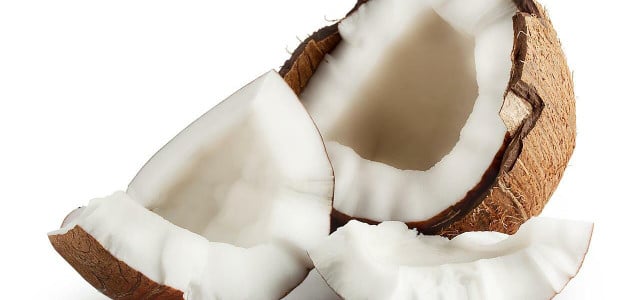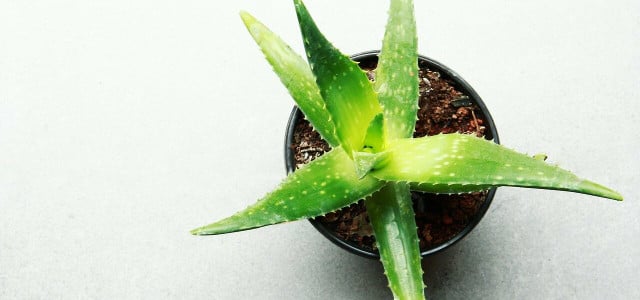Check out our guide to making a DIY charcoal peel-off mask at home, and whether or not this skincare DIY is actually beneficial for your skin.
The black charcoal skincare trend has grown in popularity over the last few years, so you have probably seen black charcoal peel masks being advertised on TV, or at your local drugstore before. What do they actually do, and how effective are they at keeping your skin clear and healthy?
In a basic sense, charcoal peel-off masks are intended to be an easy way of de-clogging your pores. Made mostly from activated charcoal, this mask’s sticky texture is supposed to give your pores a deep clean by extracting dirt and dead skin cells when peeled away. Charcoal peel masks are also suggested to help in treating reoccurring blackheads and in absorbing impurities. However, the scientific evidence behind these claims is somewhat dubious.
We’ll show you a quick recipe for a DIY charcoal peel-off mask if you want to try it out for yourself at home, and look at if it really does benefit your skin.
How to Make a Charcoal Peel Off Mask
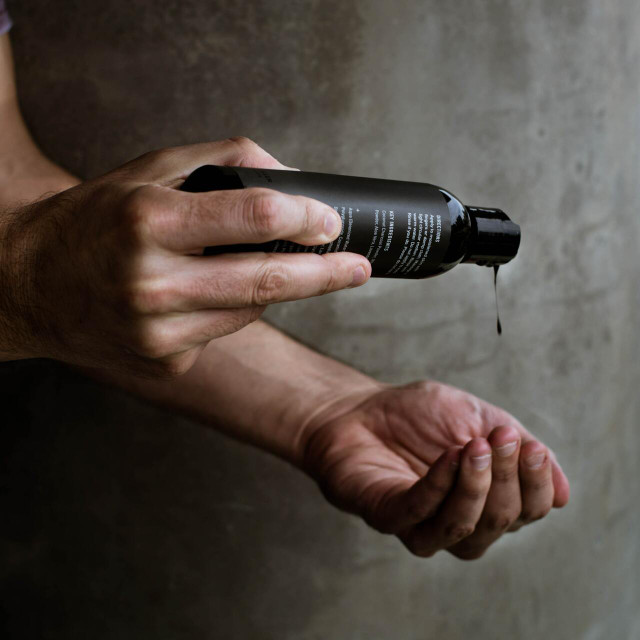


This DIY charcoal peel-off mask is made using 4 ingredients and takes no time at all to prepare. It will yield enough to do one face mask.
You’ll need:
- 1 tbsp activated charcoal powder
- 1 tbsp water
- 1 egg white
- 1 tbsp witch hazel
- sponge or makeup brush
- tissue paper
Instructions:
- In a small bowl, combine activated charcoal powder, water, egg white, and witch hazel and mix well.
- Apply about half of the mask to your face using a sponge or makeup brush.
- Take a piece of tissue paper and layer it over your skin.
- After 3-5 minutes, apply the rest of your mask over the tissue paper.
- Leave the mask on for about fifteen to twenty minutes, before gently peeling it off.
Are Charcoal Masks Actually Beneficial?
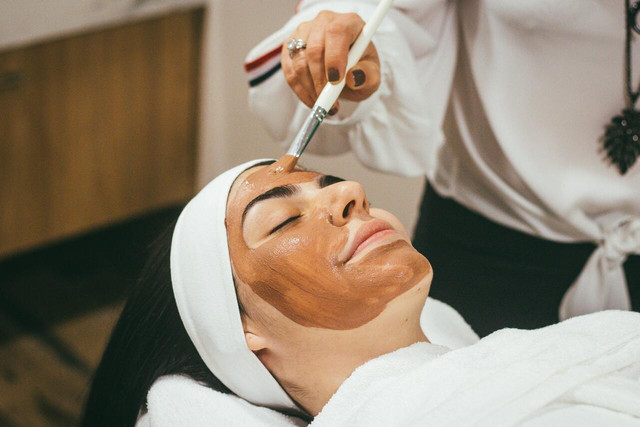


Made of mostly natural ingredients, charcoal peel masks appear on the surface to be a fairly trustworthy way to take care of your skin. However, there have been questions about how beneficial using this mask is as a way to keep your skin clear.
Firstly, the actual evidence behind using activated charcoal on your face is mixed. Although it has been known to remove impurities from congested skin, activated charcoal’s ability to ‘shrink’ your pores has little to no scientific backing.
Secondly, the peeling method of cleaning your pores that this mask has becomes so famous for may not be great for your skin either. The ‘goop’ seen on the back of the mask after use is often a mixture of vellus hairs and dead skin cells from sebaceous filaments. Unlike blackheads, producing these filaments is a healthy, normal function of the skin, and will return within a couple of weeks even if extracted.
Peeling masks can also sometimes ‘wax’ your face rather than decongest it. This can be problematic, as by removing the top layer of your skin and its hair, your skin will have less protection from outside irritants. After long periods of overuse, this could mean your face could become more susceptible to irritation and redness.
Overall, there is very limited research either way on the benefits or negatives of using a peeling charcoal face mask. If you have more sensitive skin or suffer from dryness, it may be worth avoiding this kind of face mask altogether and using an alternative.
Alternatives to Peel-Off Charcoal Masks
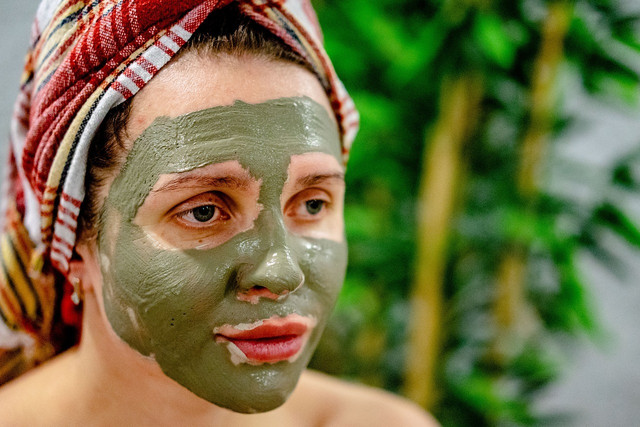


As an alternative to making or buying a charcoal mask, there are a variety of other natural-based recipes that can be used to keep your skin healthy instead.
- DIY Avocado Honey Face Masks: A DIY Honey Avocado mask is a great way to revitalize your skin and kill excess bacteria. Raw honey is known to have anti-bacterial effects, while avocado oil can be used to hydrate dry skin and prevent acne.
- Oatmeal Facemasks: A known anti-fungal and moisturizing agent, oatmeal is packed with antioxidants that are very therapeutic for the skin. When mixed with almond oil or honey, a natural oatmeal facemask is a less harsh alternative to charcoal face masks.
- Sugar Scrubs: If you are looking for a deeply exfoliating alternative to charcoal peel masks, using or making your own sugar scrub could be the way to go. This form of face mask is a great way to keep your skin free of oil and dirt.
Read more:
- Organic Hair Dye: Can It Really Deliver?
- Do Gua Sha Jawline Routines Actually Work?
- Is Snail Mucin for Skin Ethical & Sustainable?
Do you like this post?







